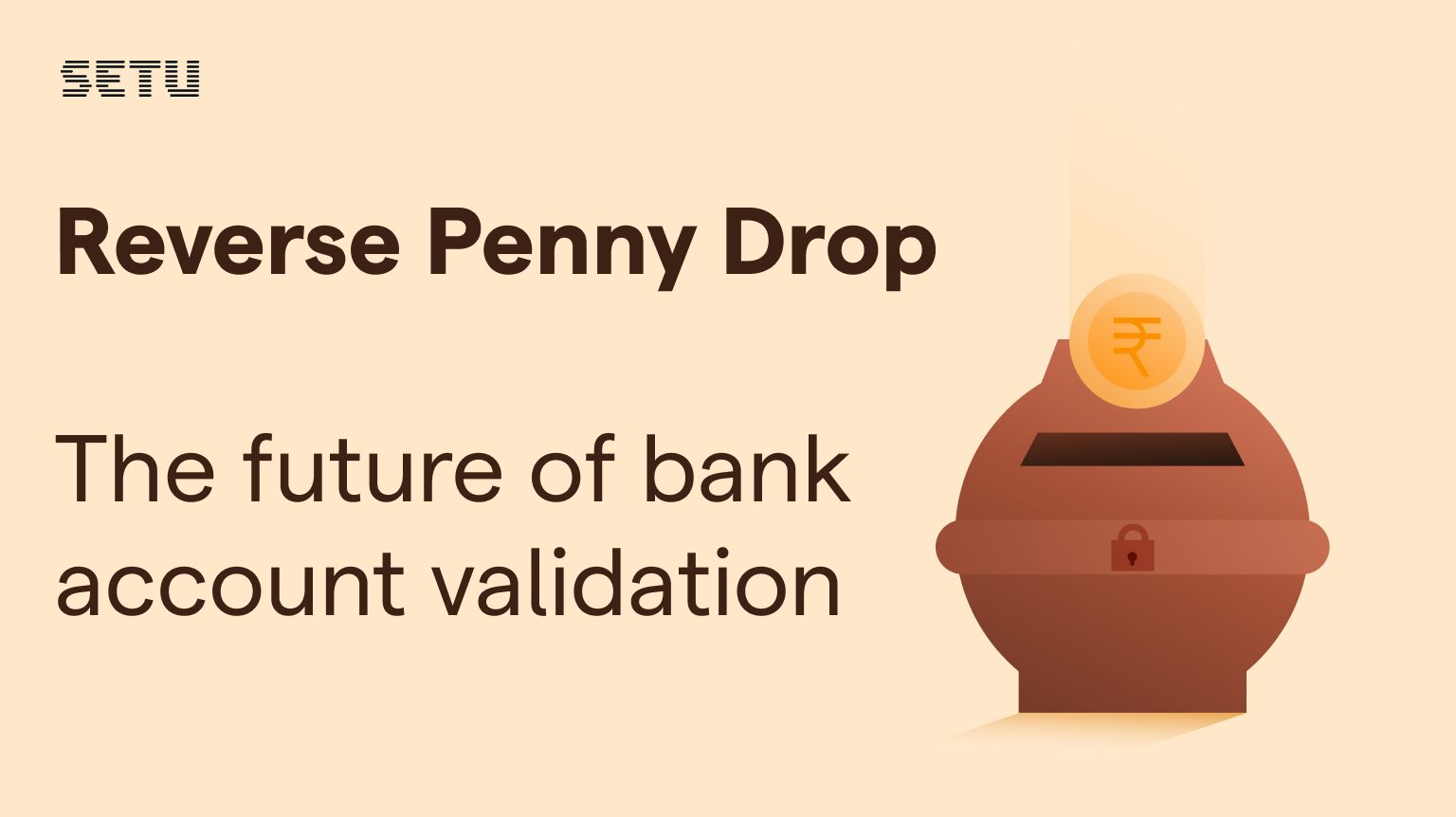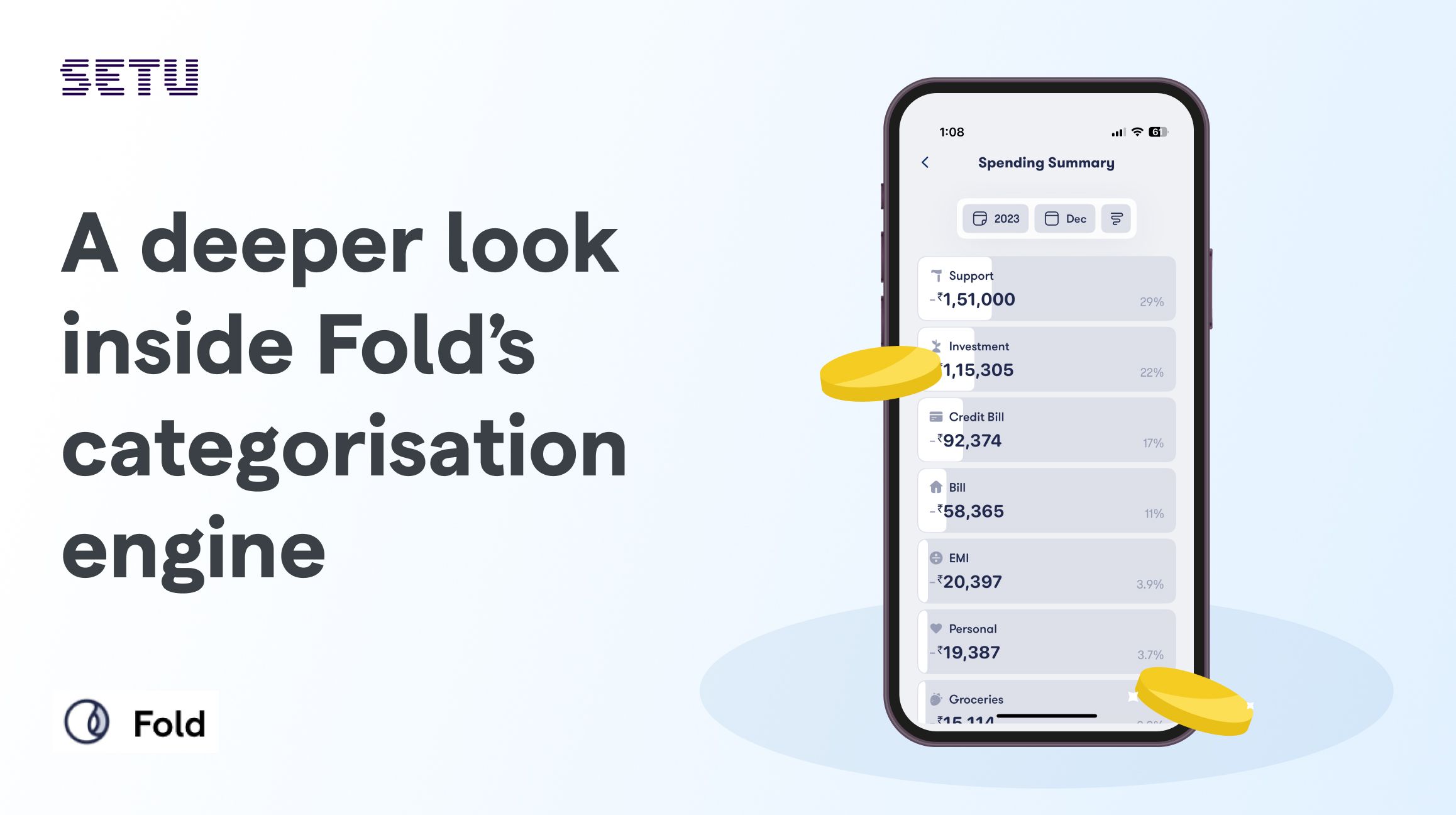Has the Penny Dropped?
16 Aug 2022 — PRODUCT

For all of us fintech nerds, Bank account validation or Penny drop are commonly used jargon.
For the uninitiated— Bank account validation refers to the process of verifying whether a user’s bank account is valid and if it belongs to them. This is mostly done for regulatory purposes but it helps companies minimise human errors and frauds.
Let’s say you’ve sold your bike on OLX and you’re waiting for OLX to transfer the agreed price of INR 10,000. Now, if you’ve made a tiny mistake while filling up your bank account number and IFSC code on the OLX platform, your payment fails and causes an unnecessary delay.
In order to better deal with these inefficiencies, companies validate their user’s bank accounts.
The most common way to validate a user’s bank account is by ‘Penny drop’. Once the user enters their bank account number and IFSC code, the merchant transfers a penny or a rupee to this bank account. The penny drop succeeds if the account is active and fails if the account is inactive. If the penny drop succeeds, the merchant receives the user’s bank account name in the response and thus helps them validate the ownership of the entered bank account as well.
This is how most companies validate bank accounts. Now, there are still inefficiencies that exist with this method. The most obvious one is—not a lot of customers remember their entire bank account number & IFSC code. The only other alternative is requesting the customer to upload a copy of his cancelled cheque. Until now.
We, at Setu (your friendly neighbourhood fintech nerds), have launched Reverse Penny Drop— a product that helps companies validate bank accounts without having to collect a customer’s account details.
Reverse penny drop is an industry-first product built by Setu that involves the user making a 1 rupee UPI payment. We pull out information from the credit alert and provide the name of the account holder, account number, UPI handle and IFSC code in the response. Post the response, the 1 rupee would be refunded back to the customer’s account in a few hours. Tada!



